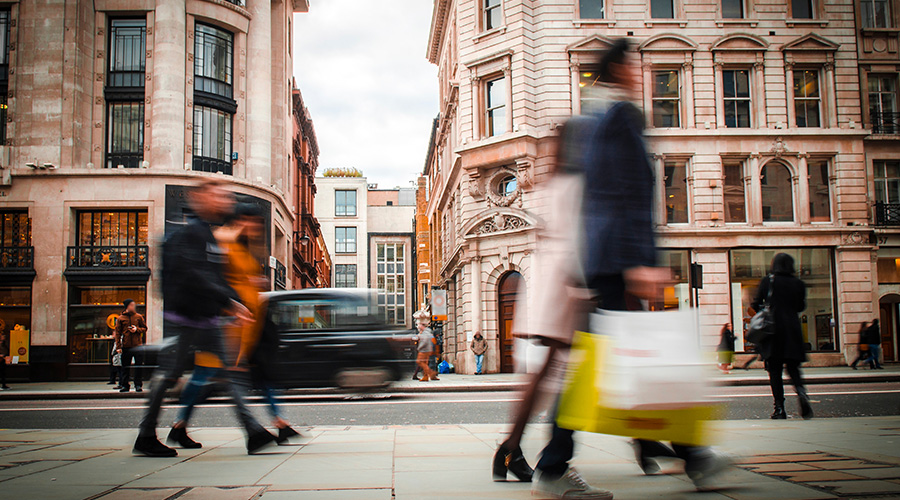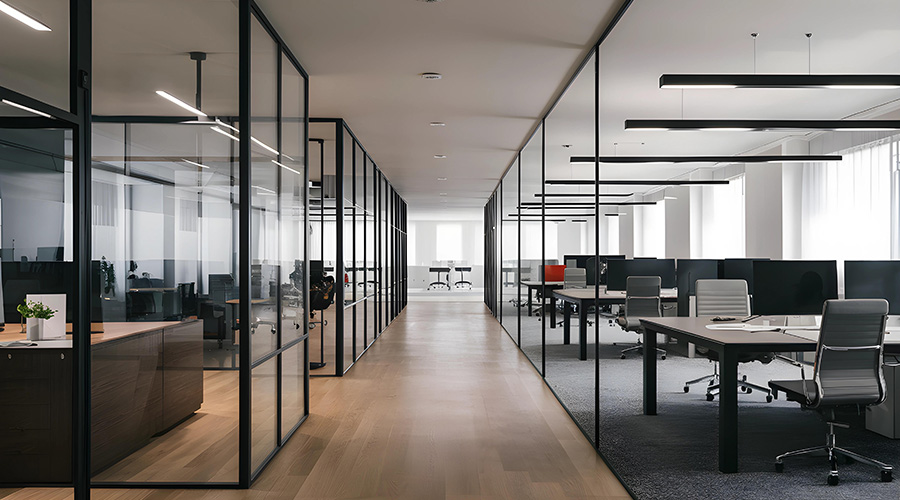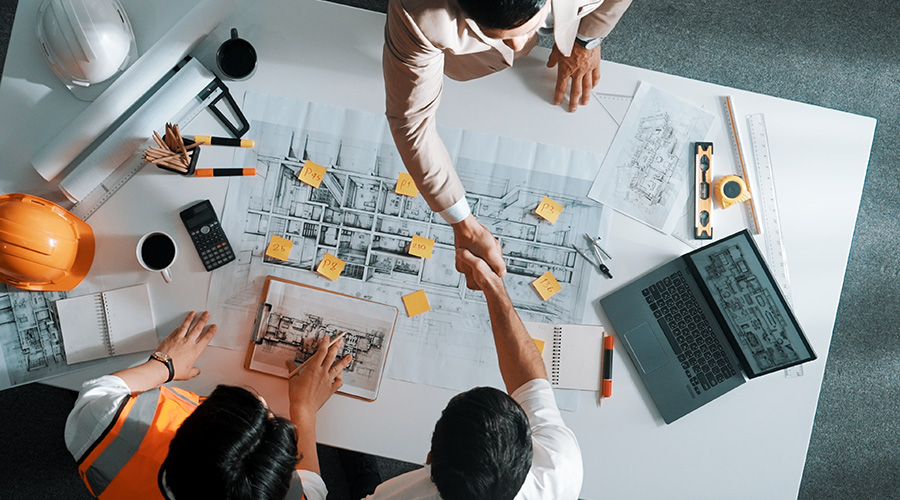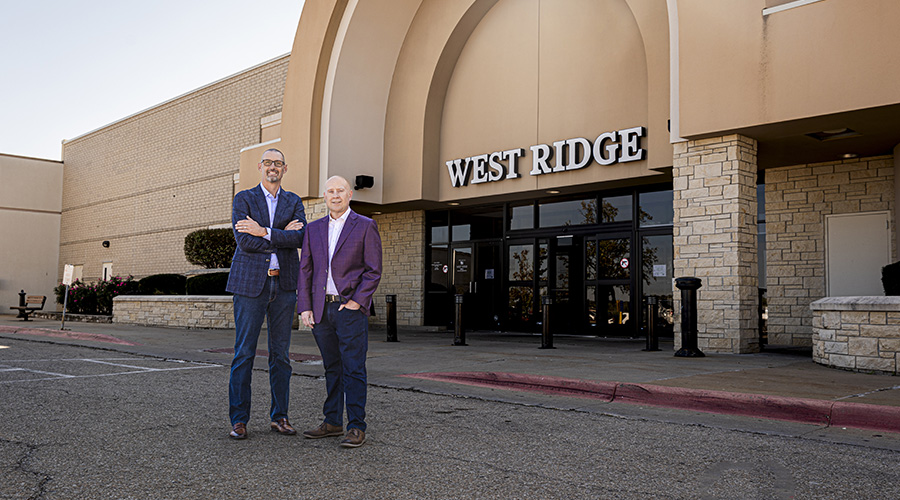Repurposing Retail is a Balancing Act Weighing Infrastructure and Cost
As business districts struggle to fill office buildings, owners get creative to fill spaces
By Doug Carroll, Contributing Writer
It’s the business of Dan Colombini to know where business is going — and how to get it there.
Colombini, a principal at the New York City-based engineering consulting firm Goldman Copeland, has seen cities with high-rise business districts struggle in recent years to fill vacant retail space in office buildings.
There is a ready explanation for that.
“Any change in use is primarily market-driven,” Colombini says, “and the two biggest impacts for retail space have been the transfer of business to e-commerce and the pandemic’s shift to hybrid and remote working.”
Even casual observers can tell that it’s a different day in many downtowns. Spaces that in the past may have housed department stores or clothing specialty shops have been converted into restaurants, bars, coffee shops and experiential spaces. Midtown Manhattan has seen “escape rooms” and small museums pop up.
At Goldman Copeland, mechanical and electrical engineers help facilitate those transformations, assessing what needs to be done in infrastructure, utilities and accessibility.
They have a name for it: repurposing retail. At any given time, the firm will have these projects in as many as 10 locations, Colombini said.
Generally, when food service is involved, infrastructure costs are higher. A space that will house a coffee shop, with minimal cooking involved, probably will cost much less to create and operate than one for a steakhouse. Heavy grease use can require special ventilation as well as more power and plumbing.
What about the volume of people who will be using a building? If it’s high, that could require more restrooms and more cooling.
“We work to develop a plan in infrastructure investment,” Colombini said. “We try to find the best value for the building. We try to find a balance between marketability and capital investment. There’s a range of solutions, and we try to find the sweet spot.
“Once we do this work, it can benefit a building for its lifetime.”
Facility managers may want retail systems within the building to be independently run or shared, cutting down on the overall cost of utilities and operations. The operating hours of a business also can be a factor in the equation.
“We have a saying: Anything can be done, it’s only money,” Colombini says. “We do work closely with the facility and operating staff. You can’t design optimally without understanding how things are being run.”
He recalls one historic office building in New York City that was planned 10 years ago for entirely new retail. The building’s owner fortuitously made the investment just ahead of some major economic shocks to the market, and the work involved in the transition became more affordable.
In any event, a bit of forecasting can’t hurt.
“Prepare for flexibility,” Colombini says. “There is value in being able to use buildings for different things. That’s what all of this is about.
“In the next 10 years, decarbonization will become more ubiquitous. How will we provide infrastructure in a low-carbon way? You have to take a look at a building’s desired use, its neighborhood, the economy, workplace trends — all of it.”
Doug Carroll is a freelance writer based in Chandler, Arizona.
Related Topics:












